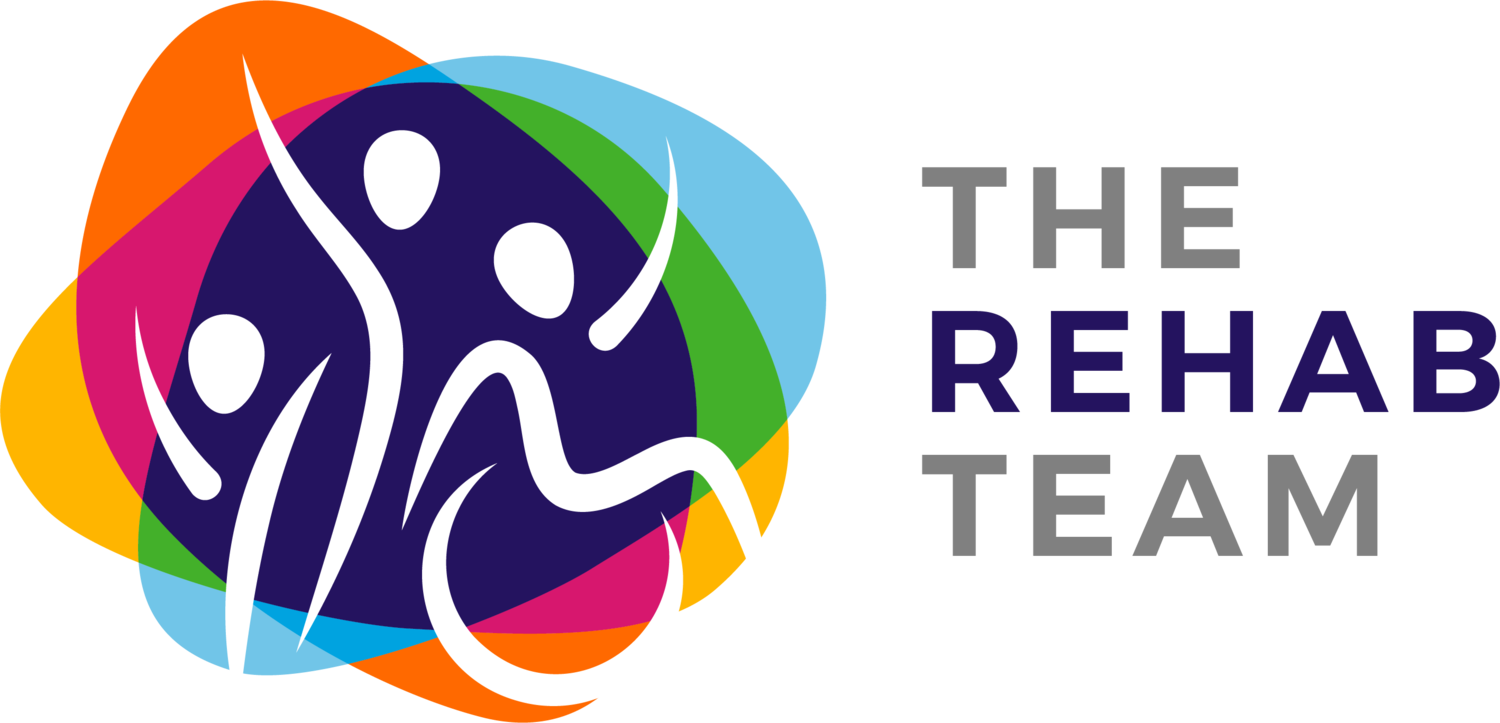Osteoarthritis and the benefits of Physiotherapy
In this blog, we'll delve into Osteoarthritis and the benefits of physiotherapy and how The Rehab Team, Papamoa and Tauranga’s local physiotherapists, can assist you on your journey.
What is Osteoarthritis?
Osteoarthritis (OA) is a term used to describe changes in joints. The most affected joints are the hands/fingers, knees, and hips. Changes in cartilage and joint surfaces happen, but these are only part of the story. Most of what you see, and feel, is due to changes in the tissues around your joint (not just your cartilage) and how your brain and body respond.
Who can get Osteoarthritis?
The number of people with OA increases sharply with increasing age. 30% of all people 45+ report knee and/or hip pain. Age alone does not cause OA, i.e., not all older adults get OA, and some people are young when their symptoms begin. People with previous injuries e.g., knee ligament tear, have higher risk of developing OA in that particular joint.
Common symptoms of OA include:
Pain (at rest or while weightbearing e.g. walking/running)
Stiffness
Joint noises
Feeling of instability
Joint swelling
Osteoarthritis management techniques and how physiotherapy can help:
There is no pill that can prevent or cure OA. Treatment aims at reducing symptoms and improving joint function by better understanding the condition and the treatments available.
First line methods of management include:
Strengthening exercises
Individualised and targeted strengthening exercises are the cornerstone of the treatments for OA. These focus on enhancing the muscles around affected joints providing better support and stability, and also helping alleviate stress on the joints, reducing pain and improving function. It is important to note that when incorporating strengthening exercises for OA, the program should be individualized and supervised by a healthcare professional such as a physiotherapist.
Education
Understanding OA and its management is empowering. Physios educate individuals about their condition, teaching them self-management strategies, lifestyle modifications and the importance of adherence to exercise programs.
Weight Management
Maintaining a healthy weight is crucial for managing OA symptoms. Weight loss, when warranted, not only reduces the amount of load placed on a joint, it can also lower inflammation levels contributing to better joint health.
For some people exercise therapy alone does not provide enough symptom relief and can be complemented with additional second lines of treatments. The below second line treatments should never be used in place of first line treatments such as exercise, education and weight management when indicated.
Medication
There are various medicines, including analgesics and/or anti-inflammatories, that might help with pain as part of your approach to OA. These are usually not enough on their own and should be used in conjunction with exercise therapy. The evidence for supplements targeting cartilage health e.g. Chondroitin and Glucosamine, are poor in comparison to the previously mentioned first line methods of treatment.
Orthotics, supporting shoes, taping and braces.
All may help reduce pain and improve your confidence. However, alone, they are rarely a long-term solution.
Walking aids
Using a walking stick in the opposite hand when walking reduces the load on the affected joint and improves one’s walking.
Acupuncture and dry needling
These alternative therapies may provide potential short term pain relief and improved function.
Please note that cortisone injections are not recommended for OA. They have no long-term benefits and the short-term effects on pain vary a lot. It is important to know that the higher the number of injections you have in the same tissue, the higher the risk for tissue breakdown.
Joint replacement surgery is the last resort and should be reserved only for people not responding to first- and second-line treatments.
Joint replacements can be very successful when performed on the right person. Total joint replacement is a procedure in which the joint surfaces are removed and replaced by new joint surfaces made from metal and plastic. Although most people benefit from this procedure, not all do. At least 10-20% still have at least the same pain as they experienced prior to surgery. This is a major surgery that cannot be undone and, as with all types of surgery, it has side effects as well as an extensive recovery. Therefore, it seems wise to have fully explored and tried all other treatment options first.
If you need an operation, there are things you can do before and after your surgery to improve your chances of a successful outcome. These include previously mentioned methods such as targeted strengthening exercises and weight management.
If you or a loved one has OA and live in Tauranga, Papamoa or Mount Maunganui, get in touch with your local physio’s at The Rehab Team today. One of our amazing physiotherapists can help guide your management and tailor an exercise programme just for you.
Want to know more?
Have a look at The Rehab Team's other blogs.

